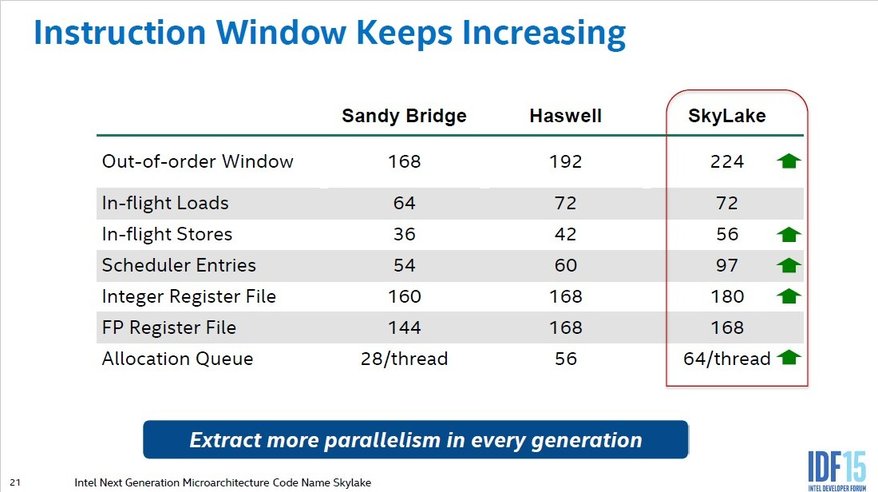Brackle
Old Timer
- Joined
- Jun 19, 2003
- Messages
- 8,566
So much for you saying you'd come back in two weeks. You couldn't stay away five minutes, could you?
Reading IS fundamental! I said "I will in 2 weeks come back to this post" Now read carefully...It said in 2 weeks ill back to this post. Which post you may ask? Well its your post! which said "I have complete confidence that within the next two week, events will demonstrate that you and 'noOther' are totally wrong."
![[H]ard|Forum](/styles/hardforum/xenforo/logo_dark.png)
